Protein inadequacy likely a risk factor for dementia; Garlic mustard; Pomegranate Ellagitannins video.
Building a better brain is a daily task, throughout life, not just something for a pregnant person to think about. Protein, other nutrients & polyphenols helps.
Study found lower protein intake associated with higher risk of cognitive impairment.
Association Between Changes in Protein Intake and Risk of Cognitive Impairment: A Prospective Cohort Study, Xu, X.; Yin, Y.; Niu, L.; Yang, X.; Du, X.; Tian, Q. Nutrients 2023, 15, 2. https://www.nestlemedicalhub.com/evidence/association-between-protein-intake-cognitive-impairment-study-summary *Registration wall.
The research article: Xinyi Xu, Yueheng Yin, Li Niu, Xinxin Yang, Xinru Du and Qingbao Tian, Association between Changes in Protein Intake and Risk of Cognitive Impairment: A Prospective Cohort Study, Nutrients 2023, 15(1), 2; https://doi.org/10.3390/nu15010002 https://www.mdpi.com/2072-6643/15/1/2
An extreme decline in animal-based protein led to a 48% worse risk for developing dementia and an extreme decline in fish/aquatic protein was non-linear but had a 50% increased risk for dementia. For plant-based protein, either an extreme or moderate decline in bean/nut protein had non-linear effects. Compared to participants with a stable intake of the food type, those with an extreme or moderate decline in bean intake had increased risk of cognitive impairment, (“HRs of 1.37 (95% CI = 1.09– 1.72, p = 0.006), and 1.26 (95% CI = 1.01–1.58, p = 0.038), respectively”), while those with a mild decline, mild or moderate improvement in nut intake had a lower risk of cognitive impairment, (“HRs of 0.81 (95% CI = 0.67–0.97, p = 0.025), 0.70 (95% CI = 0.56–0.87, p = 0.001), and 0.58 (95% CI = 0.44–0.77, p <0.001), respectively”).
…so compared to their own food survey responses over time, the participants who had an extreme drop in animal-based protein had worse risk for dementia. While eating more nuts was protective, participants on plant-based protein diets were at more risk from even a moderate decline in bean or nut protein but maintaining some routine intake of nuts was protective.
While beans and nuts are healthy - it is fairly difficult to get enough protein on a vegan diet. You need to eat 1 1/2 cups of beans to get a 3 ounce meat equivalent of protein and with that comes 2 bread group equivalents of carbohydrates, so you really need to cut back on starchy vegetables, fruits, and grains - or the total carbohydrate intake becomes excessive. Tofu has less fiber and can make it easier to get a 3 ounce protein equivalent in one meal.
The study participants on a plant-protein based diet were more at risk for cognitive impairment with even a moderate drop in bean or nut intake. I have become more conscious of my need for both plenty of beans, and some nuts or seeds everyday for the protein and fat content. Fats provide a satiety effect, so does bitter flavors like greens. A traditional meal of black-eyed peas with a fatty side dish of greens is delicious and nutritious - typically served with cornbread too. Black-eyed peas post: New Year, new recipes - (substack.com) ← no more carrots or sweet potatoes for me though. Recently I made a plain pot of black-eyed peas with just some garlic added at the end, and it was quite good. The flavor of black-eyed peas is distinctive on its own.
Greens go well with beans and nuts and animal protein.
Garlic mustard, a spring green to feel good about eating- and pulling before it flowers and reseeds a larger area.
B6? *A typo that I decided to fact check. Yes. Mustard greens are a good source of vitamin B6, vitamins A, C and K, and other nutrients, copper, magnesium and other trace minerals. And mustard greens provide two grams of protein per cup of raw greens. Mustard Greens: Nutrition Facts and Health Benefits (healthline.com) I have to be cautious about the vitamin A/carotenoid content in deep green veggies and tend to have it as part of something else rather than eating a cup as a serving.
One cup (56 grams) of chopped raw mustard greens provides (4Trusted Source):
Calories: 15
Protein: 2 grams
Fat: less than 1 gram
Carbs: 3 grams
Fiber: 2 grams
Sugar: 1 gram
Vitamin A: 9% of the Daily Value (DV)
Vitamin B6 (pyridoxine): 6% of the DV
Vitamin C: 44% of the DV
Vitamin E: 8% of the DV
Vitamin K: 120% of the DV
Copper: 10% of the DV
Additionally, mustard greens contain 4–5% of the DV for calcium, iron, potassium, riboflavin (vitamin B2), magnesium, and thiamine (vitamin B1), as well as small amounts of zinc, selenium, phosphorus, niacin (vitamin B3), and folate (4Trusted Source).
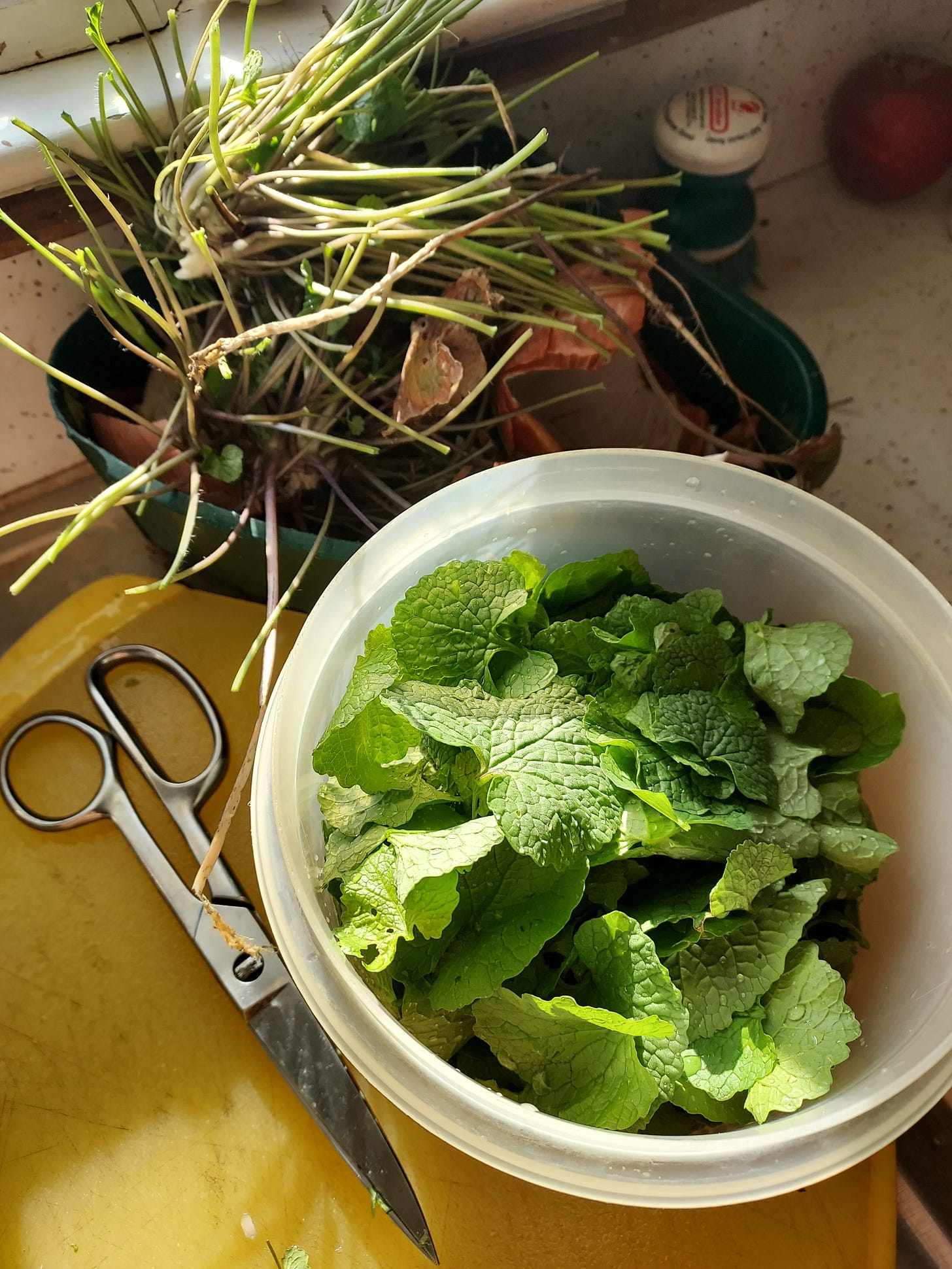
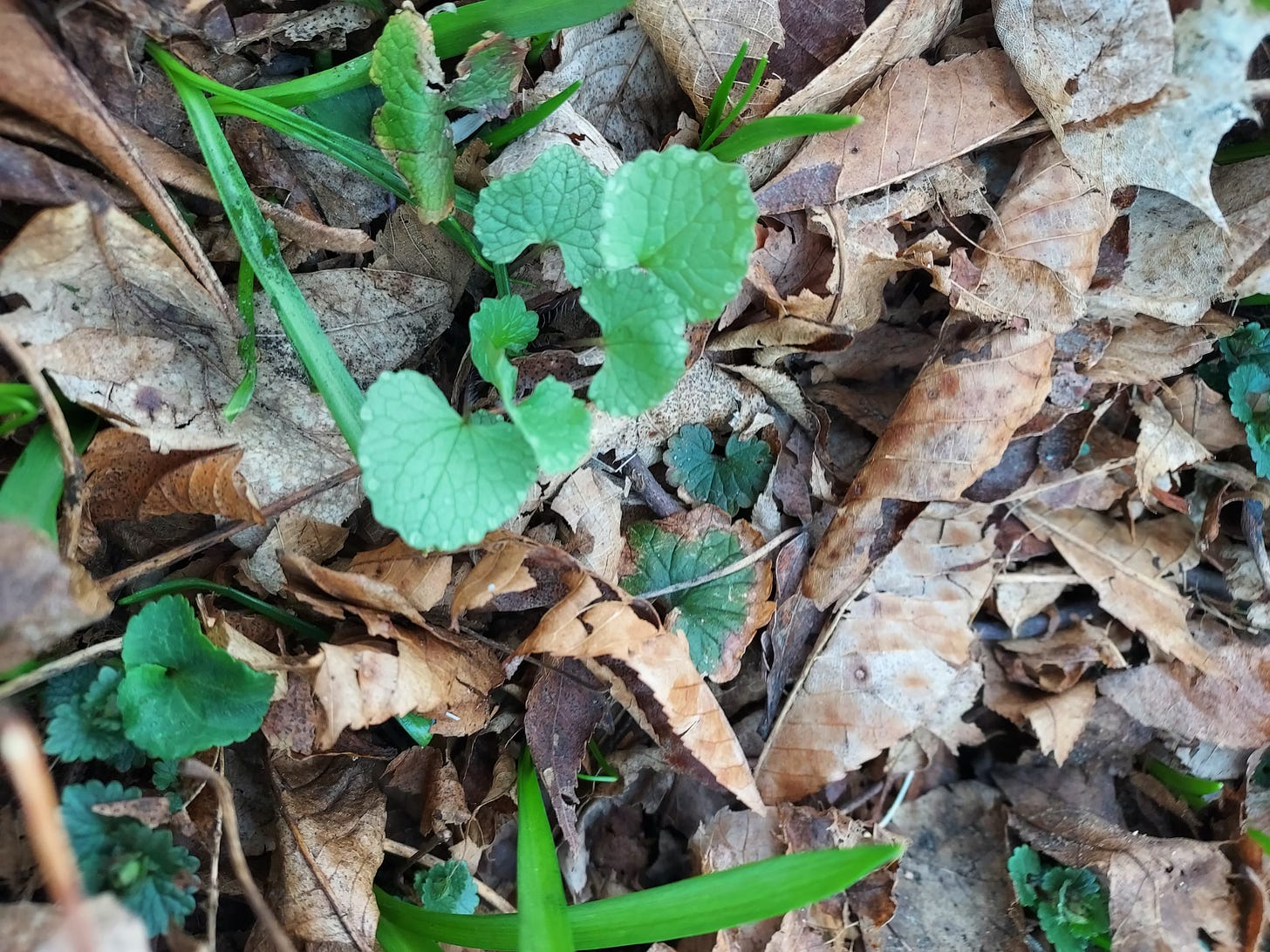
A little one, a new sprout, instead of last year's root. I pull them all as they spread too easily, from flower and windblown seed it seems. Regarding the invasiveness - it can be controlled because it will not regrow from only fragments of root. (Where Is Garlic Mustard? Understanding the Ecological Context for Invasions of Alliaria petiolata | BioScience | Oxford Academic (oup.com)) Buckthorn and other extremely invasive plants spread by root or seed.
How to use garlic mustard leaves?
I tried some chopped in a cold rice salad, and it added a strong spicy hot accent flavor. Garlicy? Maybe. In soup the greens soften in texture and flavor. Store covered in the fridge for a few days or more - fresh herb better to not let it stay soaking wet. Shake off excess water or let it drip dry in a strainer before storing.
I could use the root too, news to me, if gathered in the spring or fall when not in bloom, see excerpt below:
“Check out the health benefits from eating this amazing wild edible:
Excellent for controlling weight
Improves the health of your heart
Lowers cholesterol
Thins the blood
May help prevent cancer
Strengthens the immune system
The flowers (will not appear until late May depending where you live), leaves, roots and seeds (these appear in autumn) are all edible. Leaves in any season can be eaten but once the weather gets hot, the leaves will taste bitter. Flowers can be chopped and tossed into salads. The roots can be collected in early spring and again in late fall, when no flower stalks are present.
First year growth and new spring leaves are basal and have a somewhat scalloped edge. Once the stalk grows, the leaves tend to become smaller, triangular in shape and you know for sure it is garlic mustard when you detect the scent of garlic when crushing a leaf.” - Garlic Mustard is a Win-Win, (ediblewildfood.com)
I wonder about the roots? Use like a carrot? I will have to try it from a different batch.
Spicy spring greens salad
*Includes: garlic mustard leaves chopped a little, canned peas, cucumber; Jasmine rice cooked with onion, chopped blanched almonds (adds crunch) and rosemary. Salad seasoned with apple cider vinegar, olive oil, Nutritional Yeast Flakes and sea salt.
Pomegranate Ellagitannins against Cancer - video
Bonus video by a biochemist about the benefits of ellagitannins and pomegranate products against cancer.
By: Biochemist
Searching my archives for “pomegranate” gets a lot of recent and older hits. the following are the most recent/concise posts on How to use it, and the many ways it helps fight chimeric spike.
Pomegranate Peel Prep tips. (substack.com)
Ways pomegranate protects against spike. (substack.com)
Some product examples (it is still early adopter phase of the pomegranate peel as a medicinal or functional food market): Where to find pomegranate products (substack.com)
G13. Pomegranate, effectivecare.info; G10. Nrf2 Promoting Foods, effectivecare.info.
Discussion of herbal tea prep - for medicinal use, long steep, low heat - see the very end of the long COVID19 page on jenniferdepew.com.
Disclaimer: This information is being provided for educational purposes within the guidelines of Fair Use and is not intended to provide individual health care guidance.





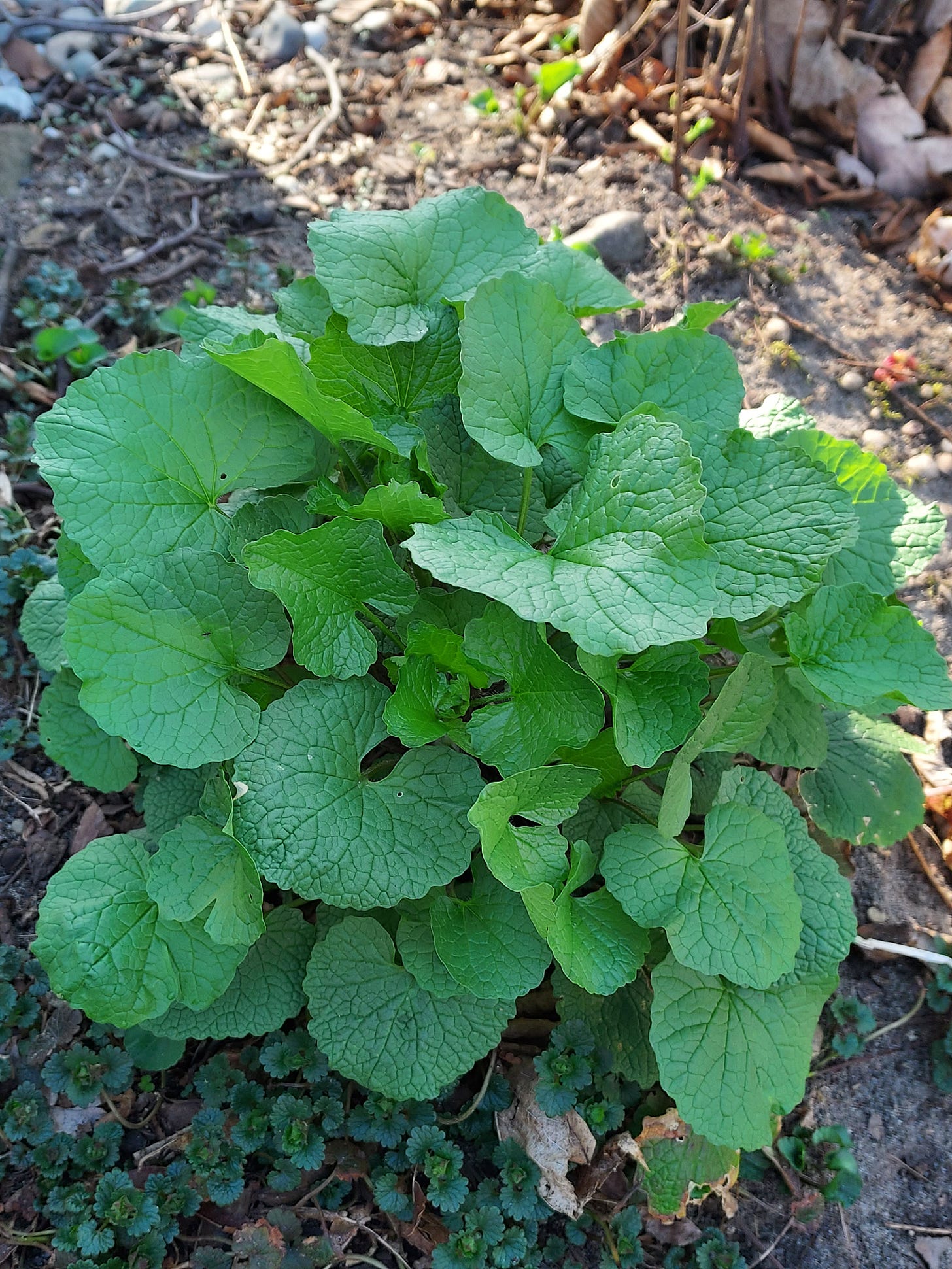
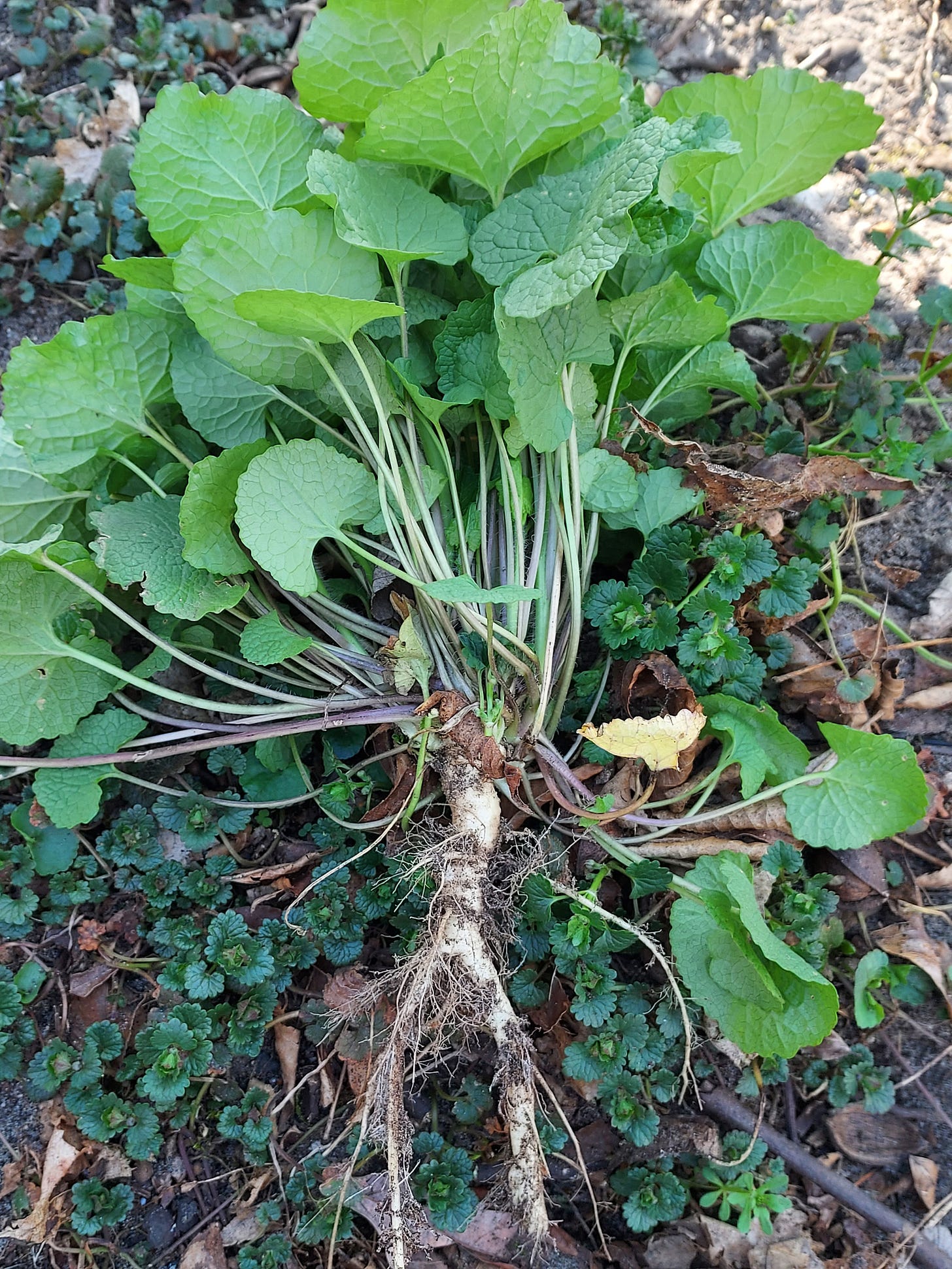
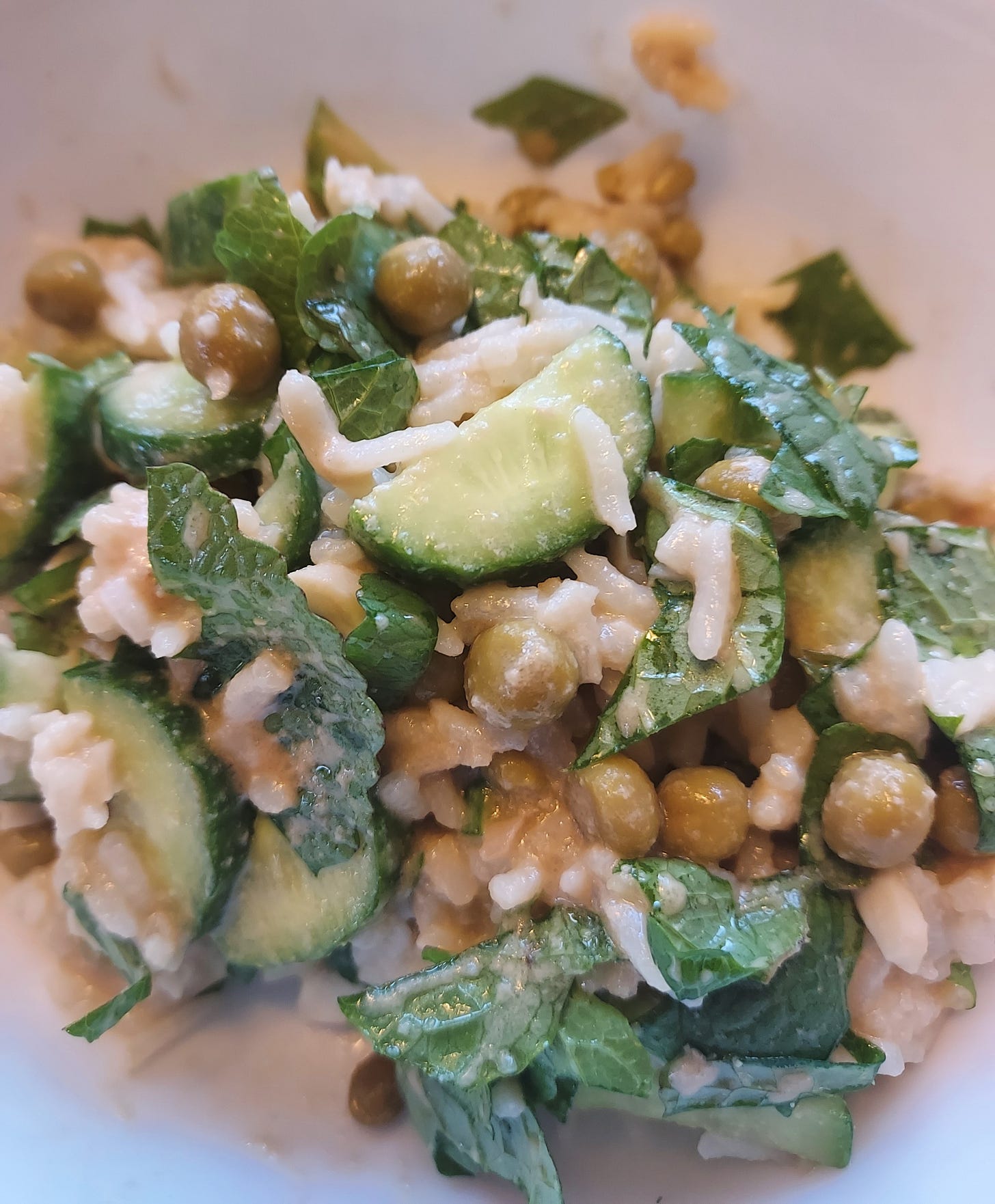
Alright, nice, food instead of pills then!
https://www.dailymail.co.uk/health/article-11972733/Over-65s-dementia-FIVE-TIMES-likely-die-Covid.html